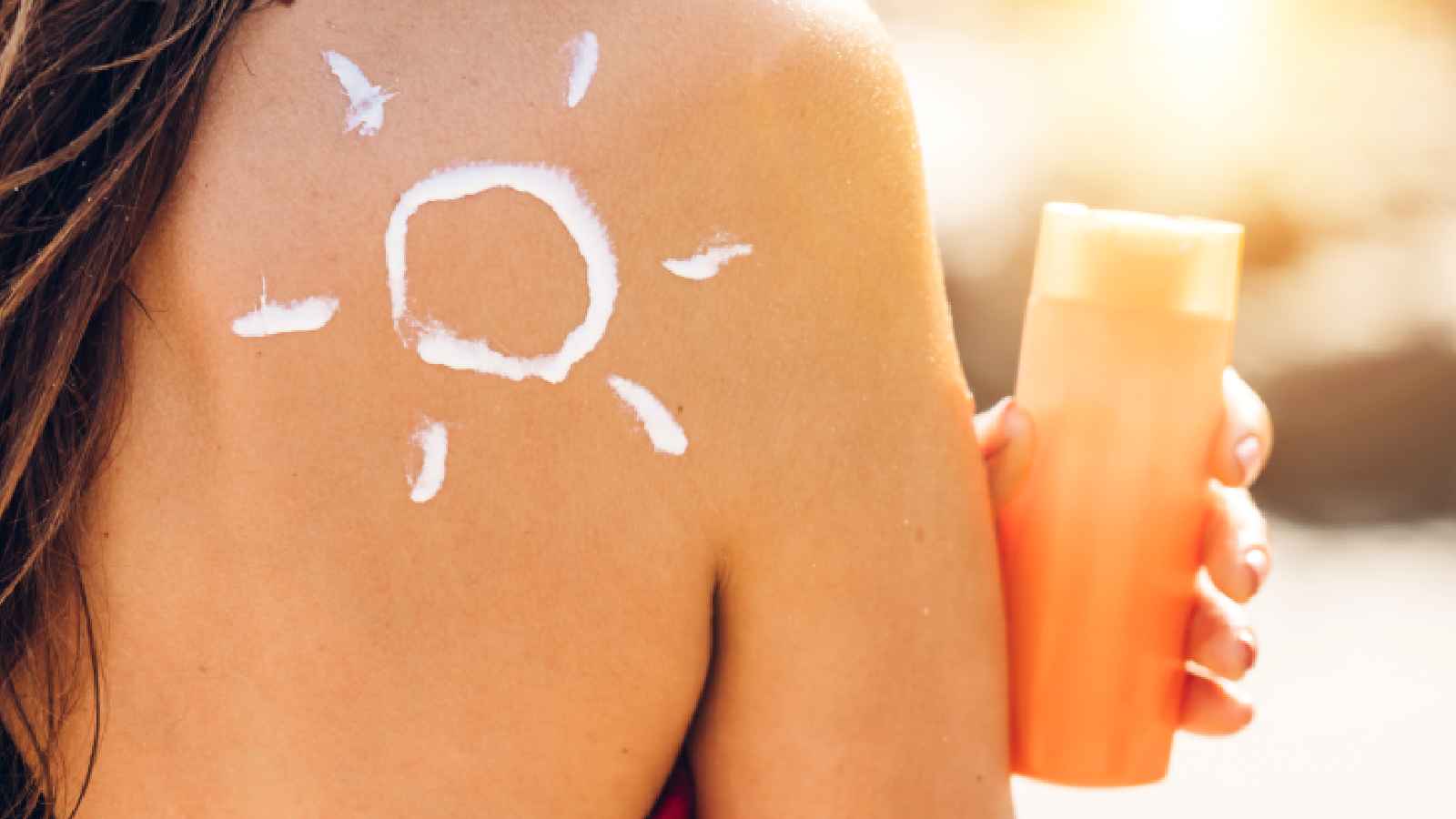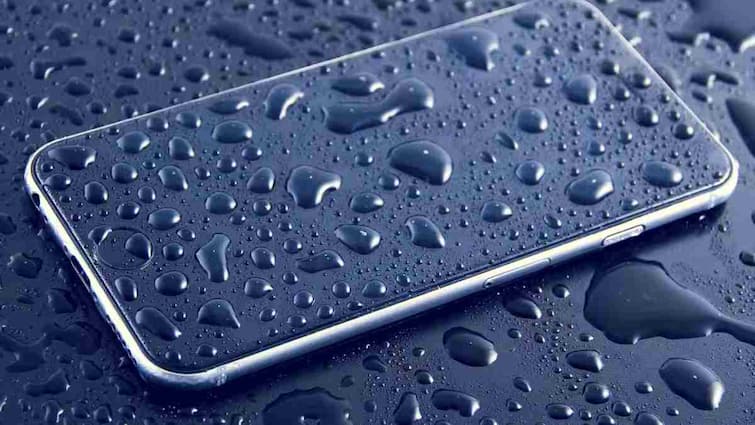
The most important for sun protection is to apply sunscreen on the skin. But there are many concepts about sunscreen among many people and they do not have the right information related to it. Therefore, they are not able to use it as a sun protection.
Summer or winter even when cloudy during the rainy season, your skin needs sun protection. The effect of the sun’s harmful rays can cause many problems on the skin. The sunlight’s rays rays tanning on the skin, and the cause of sunburn, as well as damage your skin barrier, while skin cancer increases the risk of deadly disease like cancer. If you want to stay away from all these problems, then it is necessary to give sun protection to the skin.
The most important for sun protection is to apply sunscreen on the skin. But there are many concepts about sunscreen among many people and they do not have the correct information related to it (Sunscreen Myths). Therefore, they are not able to use it as a sun protection. Keeping these things in mind, today we will tell you some important things related to using sunscreen as sun protection.
Here is some important information related to sun protection (Sunscreen Myths)
Myth 1: Applying sunscreen does not cause tanning
The sun’s exposure to the sun’s harmful (UV) rays causes tanning to the skin, which stimulates melanin production in the skin. This in itself is a sign of skin damage. Sunscreen, in, consists of preventing UV rays and absorbing them, which helps reduce the risk of sunburn. Therefore, the use of sunscreen does not completely prevent tanning, but reduces the possibility of tanning. At the same time, by reducing the contact with harmful UV rays for you, it makes them safe.
Myth 2: Sunscreens containing only SPF 50 are effective on the skin
All sunscreen with different SPF levels can be effective when used correctly, but provide different levels of protection. High Sun Protection Factor (SPF) sunscreen provides more protection from UVB rays (responsible for skin burns compared to low SPF sunscreen.
Also read


SPF -50 -containing cream provides a little better protection against UV rays, which stops around 98% UVB rays, while SPF 30 can block about 97% sunlight.
Myth 3: Once applying sunscreen is enough
A high SPF provides more protection against the UV range, but not necessarily it for a long time. All sunscreen, irrespective of their SPF, deteriorates over time due to exposure to sun, water, sweat, clothes and towels. In other words, SPF 30 sunscreen does not mean that you can spend 30 minutes in sunburn sunlight.
So if you are swimming, or you are sweating too much, it is necessary to apply sunscreen every two hours or more, even if you are using water resistance sunscreen.

Myth 4: Vitamin D is obtained by spending a long time in the sun
However, it is true that our body requires UVB rays to synthesize vitamin D, but about 3 times a week. By staying in medium sun for more than 10 to 15 minutes, the body absorbs the amount of vitamin D required for itself.
According to the study published by the National Library of Medicine, staying in the sun for a long time does not increase the level of vitamin D, but it definitely increases the risk of skin cancer. In case of vitamin D deficiency, it can be obtained through some foods such as supplements or fish.
Myth 5: Brown skin does not require flax protection
All types of skin, irrespective of skin color, require sunlight. The harmful rays of the sun actually cause damage to the skin, not the skin tone. However, people with dark skin have high melanin, which provides natural protection against UV rays, but it is not enough to completely stop sun damage.
If sun protection is not used, people with dark skin may also have sunburn, and other problems related to sun damage, such as premature old age, black spots, cell damage and skin cancer.

Myth 6: It is not necessary to apply sunscreen when cloudy
Sun damage is caused by Yuvi rays, not due to temperature. This means that even when the sun does not come out, they can still harm your skin. In fact, UV radiation enters the clouds, and due to the reflection of them they can affect your skin with more intensity. So stay alert and apply sufficient sunscreen on your skin every season.
Myth 7: Sunscreen provides complete protection to the skin
If you are in contact with the harmful rays of the sun for a long time and are carefree after applying sunscreen, then you need to be alert. Even after sunscreen, you should cover your skin with the help of a scarf or hat, so that the effect of the sun’s harmful rays does not directly affect your skin. In this way, they are present in the environment, and are affecting your skin, but thus you can prevent them from coming in contact with your skin directly.
Also read: If you want to clean sweat, dust and impurities, then choose your shampoo carefully, these options can be helpful







